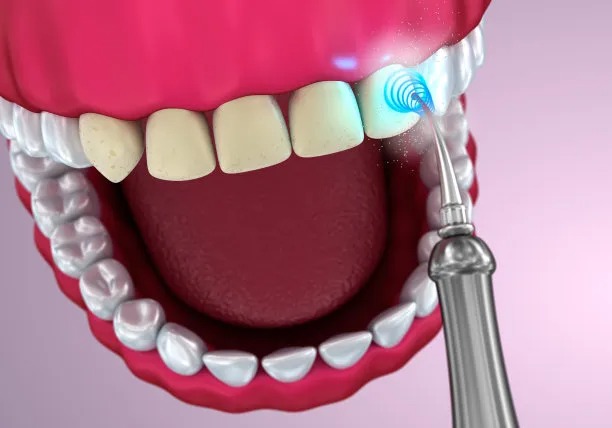Essential Guidelines to Follow After Receiving a Dental Filling for Optimal Oral Health and Comfort
Summary: Receiving a dental filling is a common procedure aimed at restoring the health and functionality of a tooth affected by decay or damage. However, many patients may not be aware of the essential guidelines to follow after getting a filling. This article outlines key practices that can help ensure optimal oral health and comfort following the procedure. By understanding what to expect in terms of sensitivity, dietary choices, and aftercare, patients can promote healing and prevent further complications. This comprehensive guide offers practical tips that range from temporary adjustments to long-term oral hygiene techniques, ensuring a smooth recovery and ongoing dental health.
1. Understanding Sensitivity After a Filling

After receiving a dental filling, it is common for patients to experience some degree of sensitivity in the treated area. This sensitivity can manifest as discomfort when consuming hot or cold foods and drinks. Generally, this sensation diminishes over time, but it is vital to monitor it closely. If sensitivity persists beyond a few weeks or becomes severe, it is crucial to contact your dentist for further evaluation.
During the initial days following your filling procedure, it is advisable to avoid extremely hot or cold items to prevent exacerbating any discomfort. Opt for room temperature foods and beverages that are gentler on your teeth. This temporary adjustment can significantly enhance your comfort levels while allowing your teeth to adjust to the change.
Moreover, if you experience prolonged discomfort, it might indicate issues such as an improperly placed filling or underlying dental concerns. Reaching out to your dentist for a follow-up appointment can clarify the cause and guide you toward proper solutions.
2. Dietary Considerations for Optimal Recovery
Your diet after a dental filling plays a pivotal role in your recovery. Initially, it is best to stick to soft foods that require minimal chewing. Foods such as yogurt, applesauce, and mashed potatoes can provide necessary nutrition without upsetting your sensitive teeth. Maintaining a soft diet for the first 24 to 48 hours can minimize irritation to the filling and surrounding gums.
Furthermore, avoid sticky or hard foods that could dislodge or damage the filling. Items like chewing gum, hard candy, or crusty bread should be limited as these can put unnecessary strain on the newly filled tooth. By proactively choosing your meals wisely, you can help ensure the longevity of your filling.
Hydration is equally important, but it’s wise to avoid carbonated or acidic drinks, such as sodas or juices, which can disturb the tooths surface and contribute to discomfort. Opt for water or non-citrus herbal teas as safer alternatives.
3. Dental Hygiene Practices After a Filling
Maintaining excellent oral hygiene is essential following a dental filling. Patients should resume their regular brushing routine as soon as possible, but with extra caution around the treated area. Gentle brushing will not only help keep your teeth clean but also assist in the healing process of the surrounding gums.
Flossing remains a crucial part of dental care, but it is advisable to wait at least 24 hours after the filling before resuming. This delay allows the fillings to settle and reduces the risk of dislodging them. When you do start flossing again, be gentle to avoid any discomfort or damage.
Additionally, consider using an antibacterial mouth rinse to help keep the area clean and prevent infection. Rinse your mouth gently to avoid disturbing the filling, and consult your dentist for any specific recommendations based on your individual situation.
4. Follow-Up Appointments and Monitoring Health
Following your filling, it’s essential to keep up with any scheduled follow-up appointments with your dentist. These visits allow your dental professional to assess the filling and ensure it is functioning correctly. Frequent check-ups can help identify any potential issues early on, which is critical for preventing further dental complications.
During these appointments, be vocal about any concerns. Whether it is discomfort, sensitivity, or questions regarding your oral care routine, communicating openly with your dentist can help in managing your dental health effectively.
Finally, monitor your oral health continuously at home. If you notice signs of decay, discomfort, or changes in your filling’s appearance, don’t hesitate to consult your dentist promptly. Early intervention often leads to better outcomes and can save you from more extensive treatments down the line.
In summary, taking specific steps after receiving a dental filling can greatly contribute to your overall comfort and health. By being aware of sensitivity, making dietary adjustments, integrating proper hygiene practices, and attending follow-up appointments, you can maximize the benefits of your treatment. Ultimately, these guidelines will foster a supportive environment for your dental recovery and promote long-term oral health.
This article is compiled by Vickong Dental and the content is for reference only.


